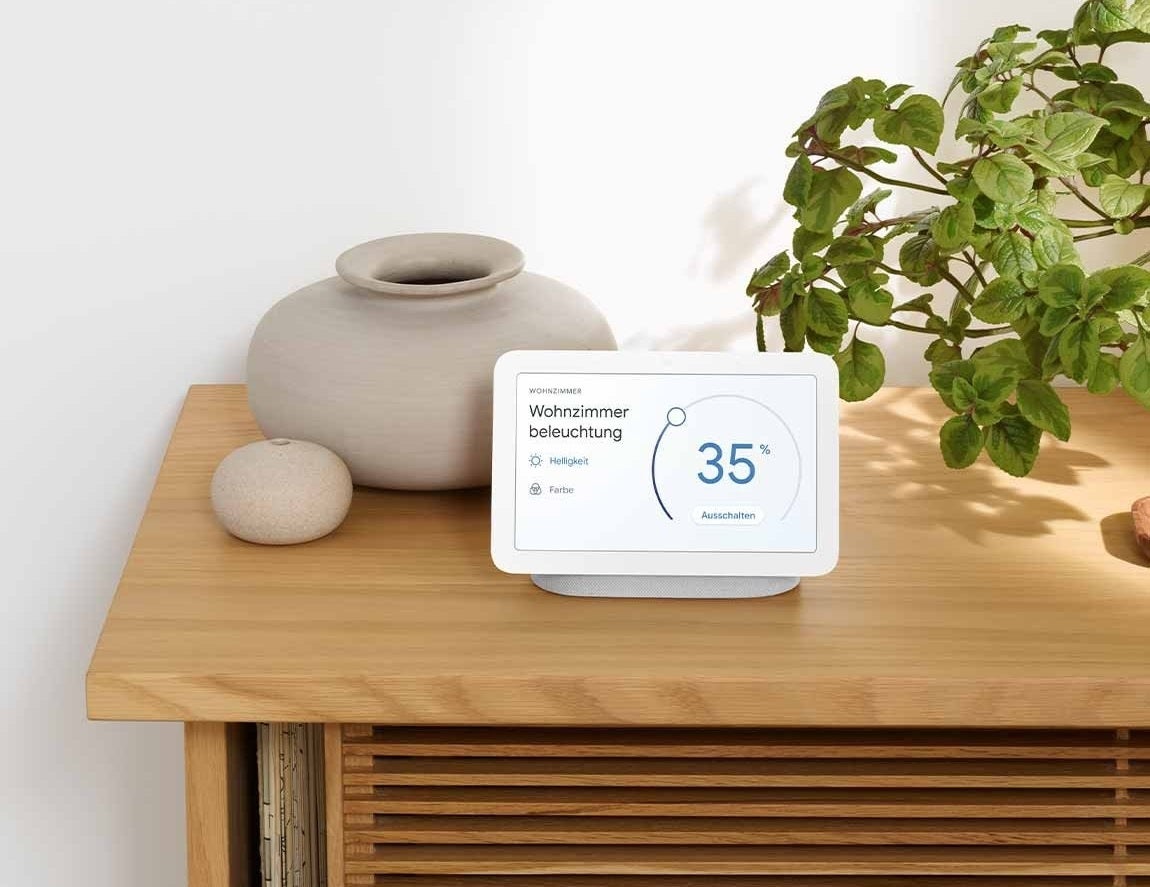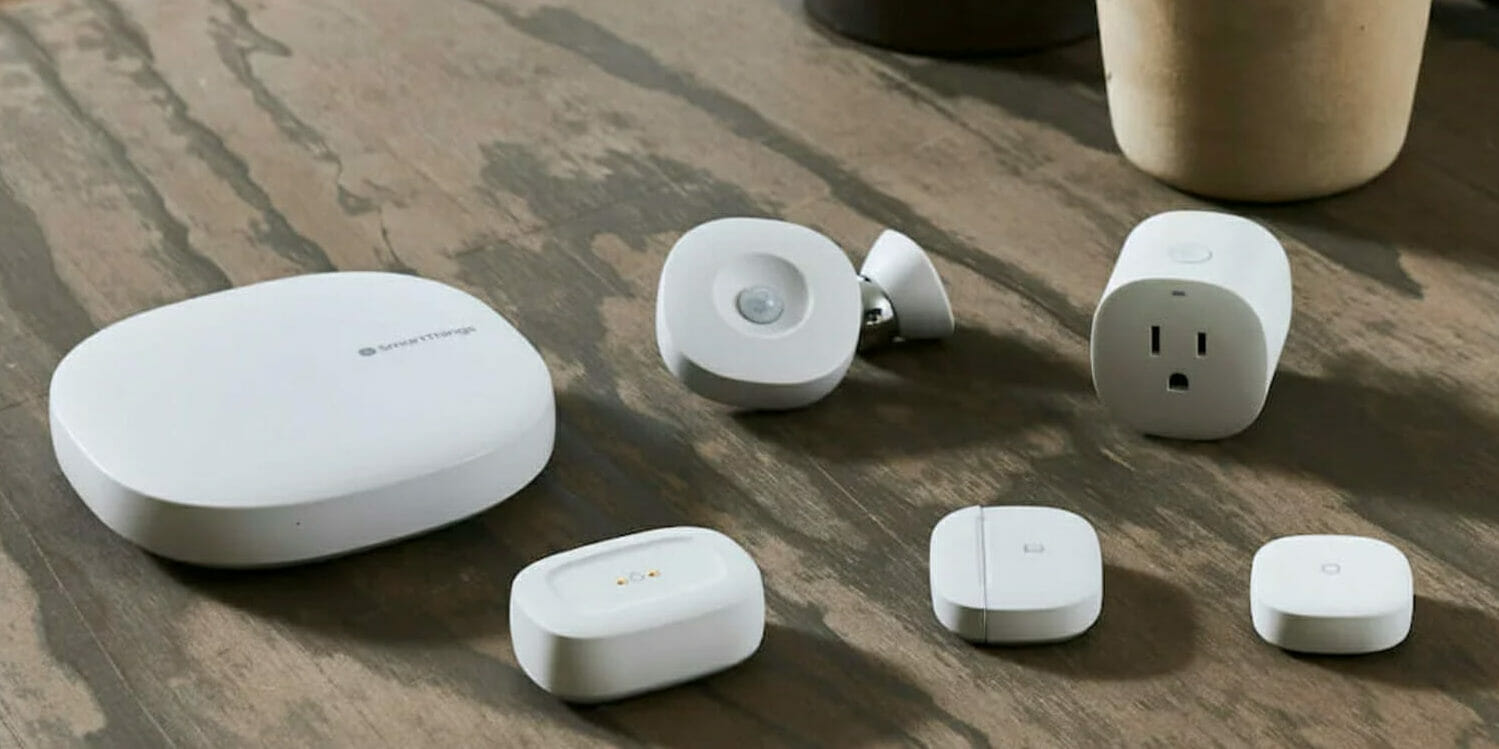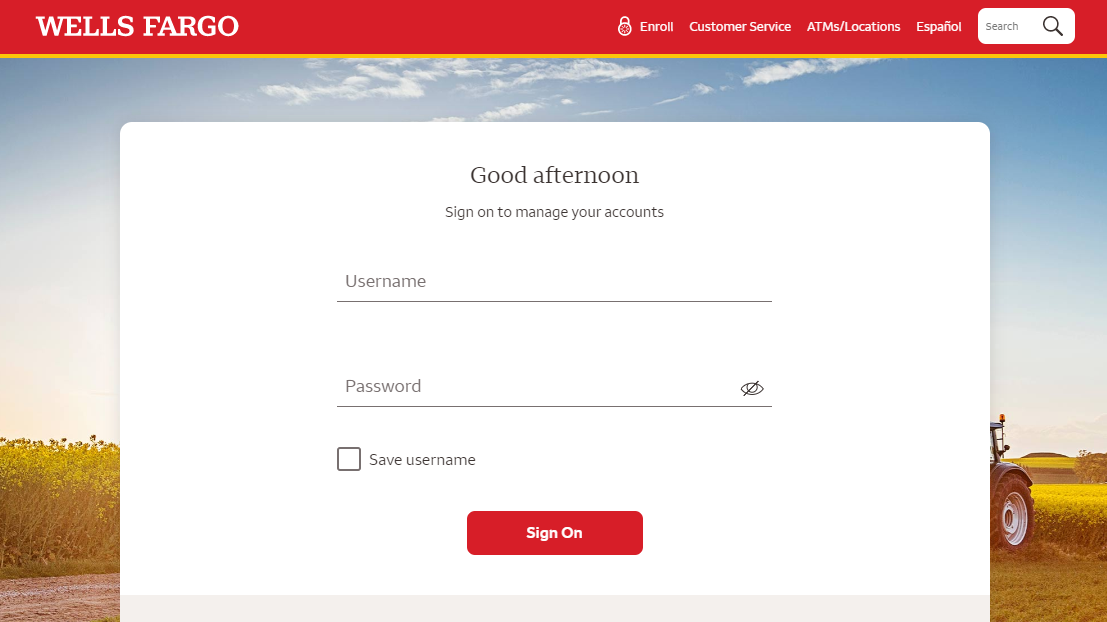Table of Content
A smart home hub is likely what you need, and you have tons to choose from. Home Assistantis another no-hub-required option to integrate your smart home devices but it is more for the tech-savvy crowd and it can take up a lot of your time to set it up just right. It's an open source platform that can operates locally and can take virtually any automation you can think of. Most people that use Home Assistant have it on a Raspberry Pi because of its low energy consumption.

There are a number of affordable gadgets that you can use to turn on your lights, change the temperature, play music, and even keep an eye on your house while you’re away. When choosing a smart home hub that's best for your needs, you first have to ask yourself what you want to do with it, and what you want to control. If all you have is one set of smart lights, then you probably don't need a smart home hub. But, if you have smart lights and a smart lock, and want the lights to turn on when the lock opens at night, then you might need a smart home hub.
Using an iPad as a Home Hub
Thanks to its added mic, it can pick up "Hey Google" commands over other noises even from the other side of the room, too. If you're growing or starting your smart home, the Nest Mini is a perfect $49 starting point. And be sure to check out our smart home guide for tips on taking your smart home to the next level.

Those who already use an iPad at home and don't bring it anywhere can take advantage of this option to get a no extra cost smart hub. Considering that a new iPad costs around a minimum of 500$, this is certainly not a recommended option unless you already own one and leave it at home anyways. There are quite a few downsides with this method, so even those that own an iPad may want to consider alternatives. As we mentioned before, WiFi isn't the best, and the iPad will most likely be using a wireless connection. While it’s not essential for a budget smart home by any means, reactive smart lighting can improve immersion while you’re gaming or watching movies. Philips actually pioneered this concept with its Ambilight line of TVs back in the day, but those were sold at a premium.
How we test smart home hubs
Outside of the sleek, modern design, the Wink Hub 2 has a huge list of supported protocols, including Bluetooth, Wi-Fi, ZigBee, Z-Wave, Kidde, and Lutron Clear Connect. An automation would be to set this morning routine scene to run every weekday at 7am, for example. However, because Apple can be a stickler for privacy, you do have some limitations in the app. An example is that you can't directly set up geofencing to automatically unlock a door lock due to potential security concerns, which is something you can do with other apps. But, as with everything, there are ways around it, so it's not a big deal to us. Our goal is to deliver the most accurate information and the most knowledgeable advice possible in order to help you make smarter buying decisions on tech gear and a wide array of products and services.
These days, you can achieve a similar effect with a bunch of RGB lightstrips or, in the case of Govee’s DreamView system, light bars. Like the aforementioned IR/RF blaster, a smart plug can come in handy for automating devices without any built-in smarts. That means anything that plugs into a wall outlet — a coffee machine, a dehumidifier, or even just holiday lights. In case you’re worried about buying into a “no-name” brand, it’s worth noting that Yeelight is actually one of Xiaomi’s many sub-brands.
The Best Smart Home Hubs to Keep Your Home Connected
Except my smart washer and dryer I love the echos in my house telling me that the wash or dry is done. Essentially, the more options a controller’s rules give you, the better in the long term as you get more familiar with what works best in your home with your connected devices. Aeotec is a major Z-Wave device brand , and this controller offering is targeted at this DIY market.
While you can use a variety of Apple products as a HomeKit hub—an iPad and the HomePod also work—the Apple TV 4K is the least expensive method. Plus, it's one of the best streaming devices around, letting you watch 4K HDR content from a large number of sources via an easy-to-use interface. The Hubitat Elevation itself is very small — the size of a thick coaster — but packs in both Zigbee and Z-Wave antennas. However, it lacks Wi-Fi, so you'll have to plug it into your router in order to use it. When we first reviewed the Hubitat Elevation, it lacked a smartphone app, so you had to control everything through a web interface.
How to choose the best cheap smart home devices for you
TheEcho Dotis the compact version of the Echo, and it works separately or jointly. You can purchase an Echo Dot instead of the larger Echo if it fits your smart home needs. And if you have several Echos at home, you can tell Alexa to make announcements or connect them to play synchronized music. "A smart home is perfect for any individual or family that wants to experience a more helpful and well-connected home," says Rai.

Since then, the company added a mobile app for both Android and iPhones, making it easier to monitor your smart home on the go. Before settling on a hub, it is important to consider the price, capability, compatibility, and many other factors. I have transitioned from Echo Dot to Echo Plus to Home Assistant with a manageable learning curve. You can do quite a lot with Alexa choosing from a wide variety of wifi and zigbee devices. If and when you get the bug, your existing components should continue to be serviceable.
Smart speaker with clock and AlexaAdding Z-Wave to your smart home, or starting out with it, opens up a lots of flexibility and control options. Over time you’ll probably want to use home automation devices from various other protocols as well, and if you want to host them all on the same hub then a more all-in-one approach is now more viable than ever. The smart hub uses an extensible design with different ‘apps’ used for different tasks in the web based interface. While powerful, this does make things a bit messy as you can have automation actions in lots of different places, and with different ways of doing things. There are plenty of good tutorial videos though to help new users get to grips with things. I’ve chosen SmartThings as the best value option as it requires substantially less up-front cost, and still offers a lot of power and ease of use that would appeal to a broad range of users.
This interface is mobile friendly, so you can still use it from a smartphone. The SmartThings app provides a slick interface for your smart home, and offers control options for iOS, Android, Apple Watch, and even Samsung TVs. All the expected things are there with nice monitoring dashboards, analytics for sensor data, and rule creation features. Even if you aren’t thinking about complex automations now, as you build out your smart home you’ll start exploring smarter behaviors and having the capabilities in the hub will ensure you don’t run into limitations. I’ve also ranked it highly for it’s huge number of supported smart devices.
By plugging the hub directly into your router, connections are more reliable, commands are faster, and there are fewer signal problems than when used over Wi-Fi. We never once had any issues using the Hub 2 over Wi-Fi, but the Ethernet option will appeal if your home has several signal dead spots. A smart home hub allows you to connect your smart devices into a single network to unlock almost endless features that make your life easier, organized, and more informed. "A smart home unlocks a host of services across a variety of devices to suit your changing needs from day-to-day," says Bobby Rai, Product Business Leader at Google Nest. The $25 Wemo WiFi Smart Plug is one of the best cheap smart home devices and our top choice among the best smart plugs.

No comments:
Post a Comment